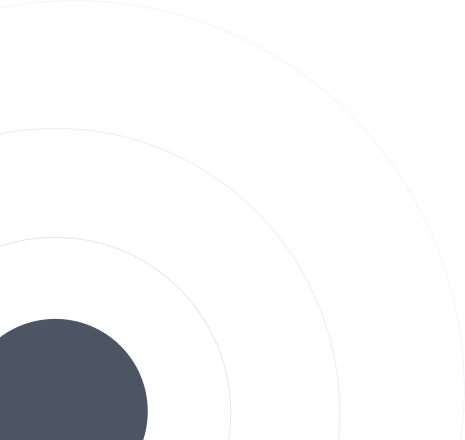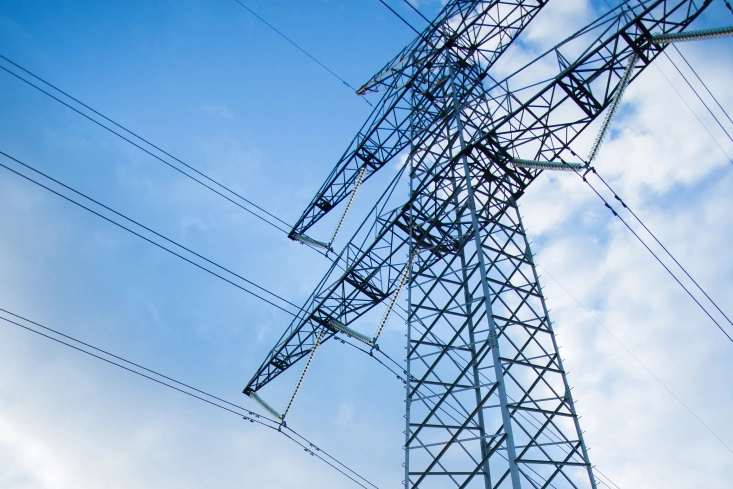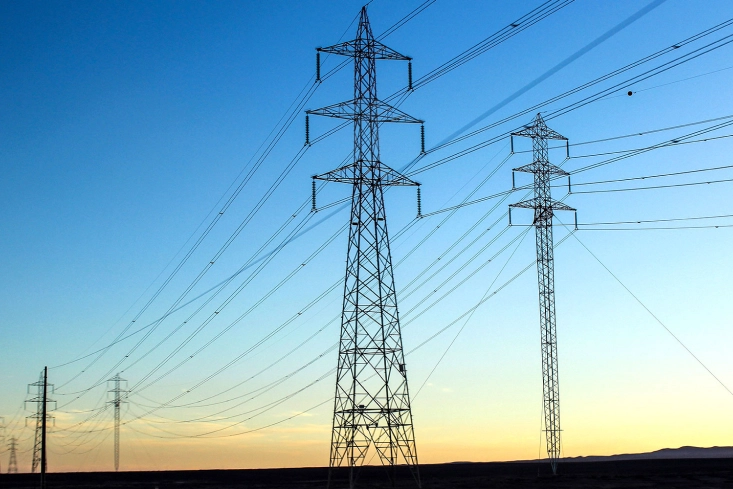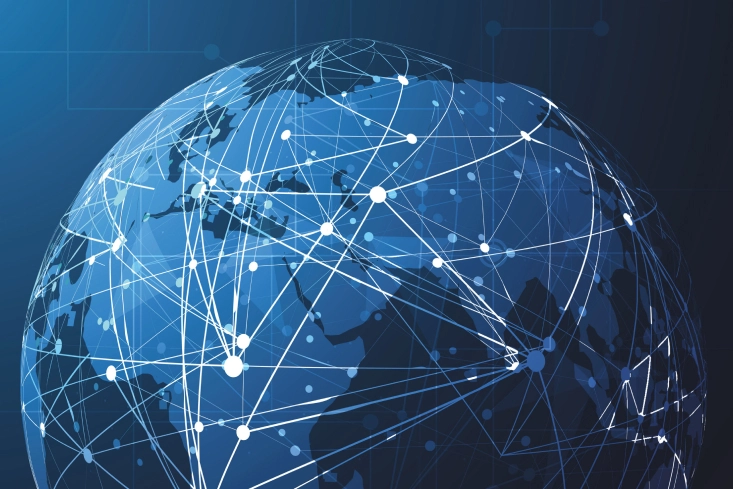Application of UAVs Transmission and Distribution power lines inspection Application of UAVs Transmissionand Distribution power lines inspection

Transmission Line & Distribution Service
Use cases for drones in T&D
“One of the most valuable things the drone does is allow us to inspect infrastructure without having to shut it down. This saves us hazardous manhours, improves turnaround time by several days, and eliminates paperwork.”
Stephen Dorsett
Indianapolis Power & Light (IPL)
4 Benefits of transmission line & distribution by using drones

BETTER DATA
Collect a higher level of detail - missing pins, rust, and damaged insulators
IMPROVE EFFICIENCY
Save time and cost with drone inspections
REDUCE RISK
Get a close-up view of a potential defect without climbing or using a bucket truck.
FAST RESPONSE
Quickly access to areas blocked by water or fallen trees, etc, after a natural disaster

Ready to cooperate and solve your problem?
Corona discharge detection
Be an electrical discharge caused by the ionization of the air surrounding the conductors.
Produce a purple glow and can cause loss of power, cracking noise, radio interference, and ozone gas production.
Provide the co-location of electric shocks and hot spots to better understand the cause of a fault.
Benefit
Maximize service time
Easily access dangerous areas
Identify wear, detect corona discharges, electrical malfunctions or even assembly faults

Power line stringing
Wire high voltage lines from one high voltage tower to another, in a safer, faster and less expensive way than traditional stringing (helicopters, manual stringing).
Load a very thin, light, and ultra-resistant cable guide that is laid on the transmission tower in order to reach the crew on the ground that will install the final cable.
Benefit
Avoids human risks
Reduction of operational costs
Quick installation

Mapping of power line networks
Be equipped with a lidar or a RGB camera and a RTK system provides high-resolution images at a reduced cost and safely for 3D mapping.
Allow the inspection of thousands of kilometers of electrical lines in order to optimize the monitoring and the maintenance plan of the network.
Allow vegetation monitoring, verification of maintenance works and services performed by operators or external companies as well as checking the general condition of the power lines.
Benefit
Cost reduction
Time saving
No power outage
Avoids human risks






